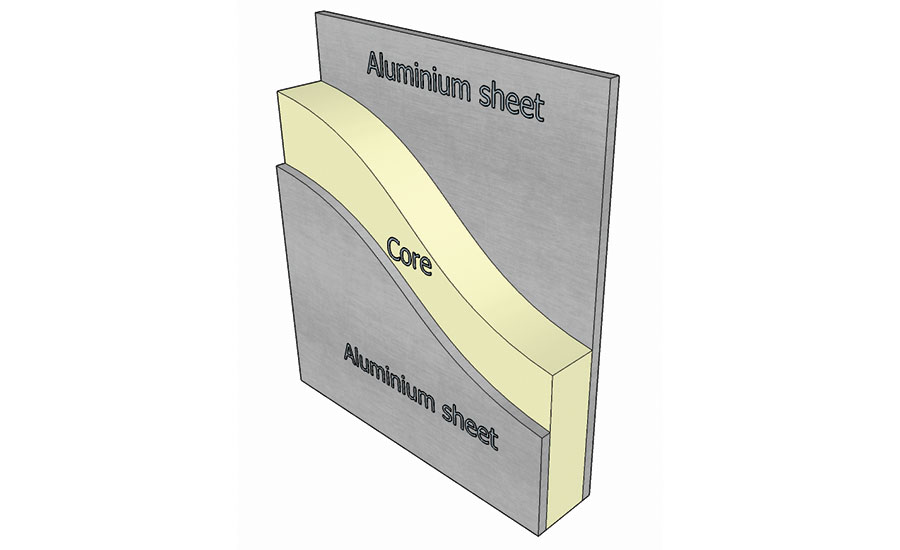The major model building code in the U.S. may make adjustments in light of last June’s Grenfell Tower fire tragedy in London, where 72 people died. The fire-safety committee of the publisher of the International Building Code has taken the first step to tighten the permitted uses of metal composite material (MCM) panels as exterior cladding at higher levels by requiring that the assemblies be fire-tested even in buildings fully protected by sprinklers.
In 2012, the fire-safety committee had loosened the code somewhat by permitting the panels to be used above 40 ft without a National Fire Protection Association fire test as long as the building was fully sprinklered.
In 2012, the fire-safety committee had loosened the code somewhat by permitting the panels to be used above 40 ft without a National Fire Protection Association fire test as long as the building was fully sprinklered. “We realized our error” in the change that was approved for 2012, said Douglas Evans, a fire-protection consultant in Nevada and fire-safety committee member.
Another recommendation made by the committee, for light-transmitting plastic panels, now will subject that type of building cladding to fire tests when used at higher building levels.
While various proposals to change the 2012 action on MCM panels had been made when the fire-safety committee met in Columbus, Ohio, in late April, the committee adopted an amendment suggested by the Metal Construction Association, a trade group. Andrew Williams, director of codes and standards for the association, says that even if the measure is adopted by the full membership, many uses remain permitted for composite panels. The recommended change would delete many complicated instructions for architects and engineers about how the composite panels could be used, he said.
The next step will be a vote in October by code officials present at that meeting, followed by a wider online vote.
Available with polyethylene and other types of plastic, the panels have been used in many countries, but several dramatic fires have occurred where flames spread quickly. Under NFPA fire tests, examiners check for the propagation of a fire starting inside a building along the building’s exterior. Grenfell Tower was not built to the International Building Code, and U.K. officials are weighing changes in that country (ENR 4/30 p. 19). But the tragedy’s legacy for high-rise building fire safety now is likely to include more than just the U.K. codes.





